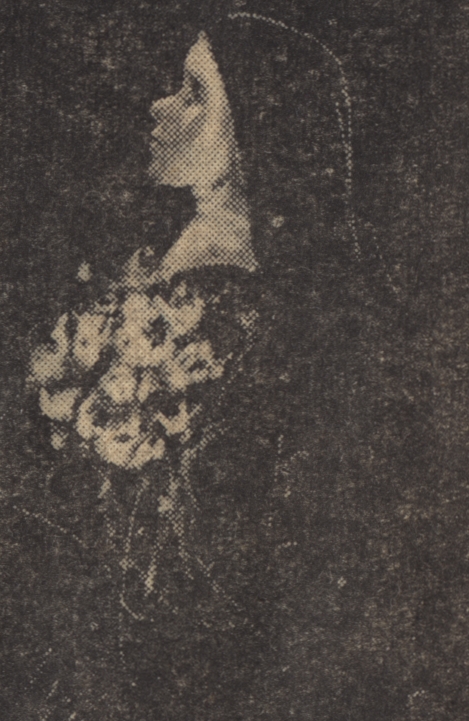The locations for Psychic activity in Christchurch were many, but a particular locus of Psychic Life was no. 5, Chancery Lane, a discreet alley between Cathedral Square and Gloucester Street. Some newspaper notices and letters refer to ‘no. 3’. It is difficult to tell whether the alternative address reflects a shift in location, an additional séance room, or simple error. However, the address is, in a way, symbolic of New Zealand spiritualism; hidden, yet in the very centre of the city, just below the surface of public life.
One Friday night, at 8 p.m., the spirits of a cultured nun and a Native American girl materialised for a rapt audience on Chancery Lane. Mrs. Lily Hope, the Psychic News had asserted in 1937, was a woman of ‘the highest integrity’, unassuming and earnest in her sacred work. This could easily be attested by the undersigned on the account, including Edgar McLeod Lovell-Smith, head of the Canterbury Psychic Research Society.
As was usual, the séance room was entirely dark, except for a red light. Mrs. Hope was sewn into a chair in her ‘cabinet’, curtains across the northwest corner of the room, held up with safety pins. Indeed, black cloth covered the walls and ceiling. The especially dim light would not ‘disturb’ any of spirits, who were notoriously shy. Mediums in the early twentieth century described their work as a ‘science’, yet complained that efforts to validate the apparitions empirically disturbed the spiritual atmosphere and made the materialisations feeble. Yet the spiritualists also framed their work in explicitly Christian terms; many séances began with the Lord’s Prayer and copious Signs of the Cross, and Lovell-Smith’s papers included a list of biblical references supposedly supporting spiritualism in the modern sense, probably to counteract religious opposition. ‘One should start with ‘a prayer through Christ for protection and guidance…if it is his will’. This kind of spiritualism operated on the border of science and religion, not entirely at ease with either, yet appropriating strains of both. Within these conditions, the ritual of the séance unfolded.
Mrs. Hope was sewn into a wicker chair in the cabinet, lengths of ribbon holding down her arms and legs to the closest part of each chair. These guards against natural explanation set in place, others sat in a circle, and ‘two or three’ verses of Abide with Me and the Lord’s Prayer. Two greetings were heard in the darkness, requesting that the safety-pins be undone, but asking the gathered to continue singing. Puled by this request, Mrs Edles stalled, asked to feel the medium’s hands, felt head and face, sliding hand from neck and shoulders down arms to fingers. The medium was warm, but her hands were cold. The wrists strapped in, no room to lift hands. The curtains were pinned again, and the assembled began singing ‘Holy, Holy, Holy, Lord God Almighty’.
Subsequently, two personalities, Sister Monica and Sunrise, appeared.

